Using a section of Crosby, Diamond or Keen and Haynes, answer these questions:
"Why did agriculture not arise independently in some fertile and highly suitable areas?"
"Yet some of the world's failures to domesticate wild plants remain hard to explain. The most flagrant cases concern plants that were domesticated in one are but not in another. We can thus be sure that it was indeed possible to develop a wild plant into a useful crop, and we have to ask why that wild species was not domesticated inn certain areas."
Diamond, p. 133.
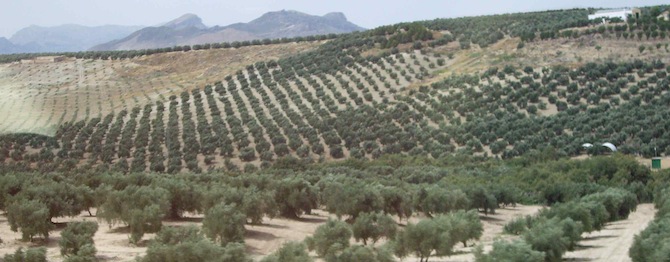
The extent of olive orchards across southern Spain. [J. V. Siry, 2008.]
- Character of the local people?
- The availability of suitable species of plants and animals (148)?
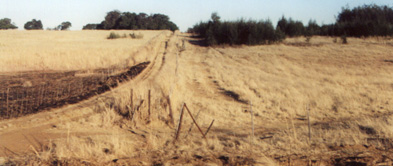
South African "high veldt" or inland plateau of the Cape Province, called the Great Karoo. [JVS, 2003]
Jared Diamond has argued that there are advantages of some biogeographical regions over most others:
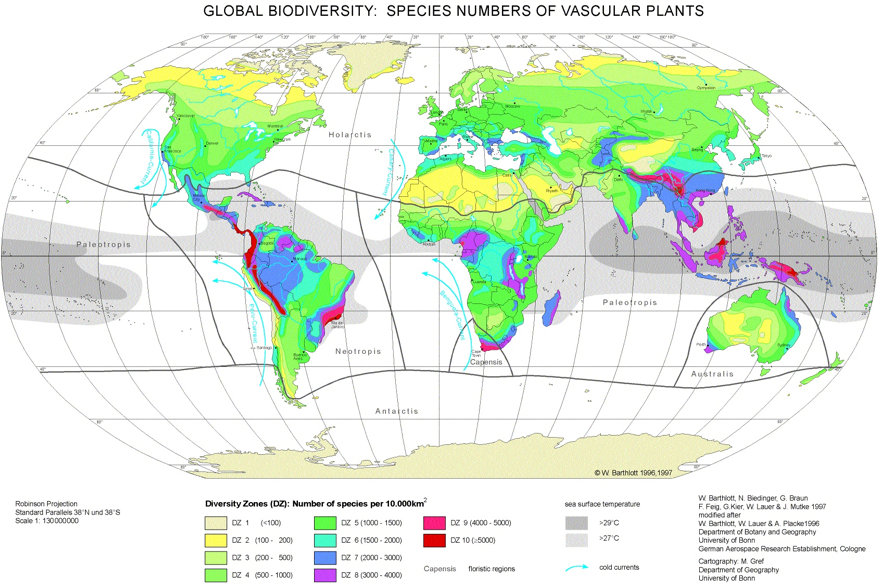
Five advantages:
- plant variation due to climate variation
- high percentage of annual plants with optimal seed sizes
- topographical variation
- availability of big mammals for domestication that eat these seeds
- "a potent and balanced biological package for intensive food production." had little or no competition from superior hunter/gatherer food packages. (142)
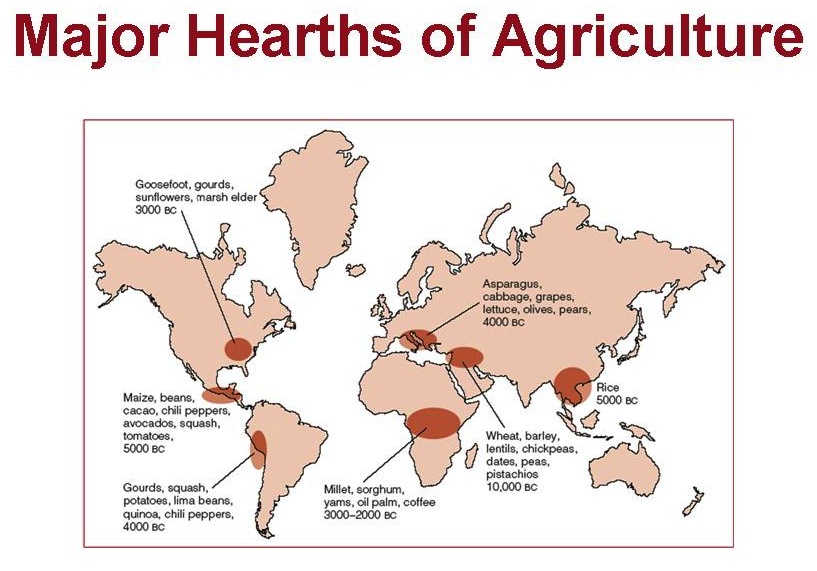
Examples of wheat, barley, lentils, peas, chick pea, vetch and flax (Middle Eastern Mediterranean), dates, olives and grapes are a slightly different story.
Climate of the fertile crescent, with large alluvial rivers to provide water and organic nutrients annually under long periods of warm sunlight.
"With so few crops in the world, all of them domesticated thousands of years ago, it's less surprising that many areas of the world had no wild native plants at all of outstanding potential. Our failure to domesticate even a single major new food plant in modern times suggests that ancient peoples really may have explored virtually all useful wild plants and domesticated all the ones worth domesticating."
Diamond, pp. 132-133.
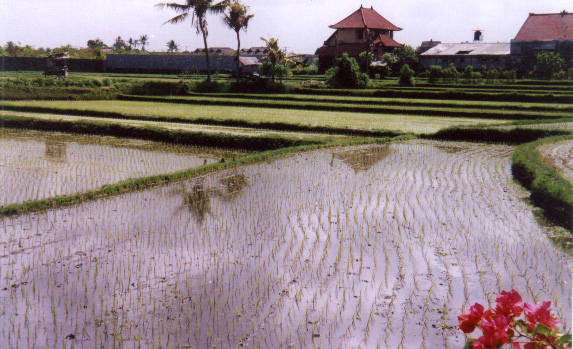
Rice is a very labor intensive crop; first planting in a Balinese field.
How culture may be widely influenced by botany
"Contrast this quick evolution of wheat and barley with the story of corn, the leading cereal crop of the New World. Corn's probable ancestor, a wild plant known as teosinte, looks so different from corn in its seed and flower structures...."
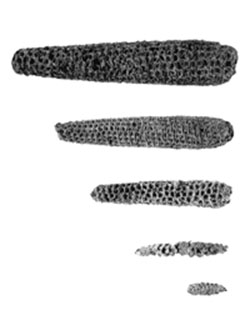
"...but it seems clear that several thousand more years were then required for them to reach modern sizes. "
Biological constraints:
"hermaphroditic," plants that usually pollinate themselves..." self pollinating plants are easier to domesticate than was corn.
High percentage of suitable plants with a greater percentage of protein (8-14%) in the Fertile Crescent.
p. 137
Wild maize forms change gradually under domestication.
"In contrast, most cereal crops of eastern Asia and of the New World – rice and corn, respectively – had a lower protein content that posed significant nutritional problems." (B-vitamin deficiencies for corn, for example.)
p. 138.
"considerably less potent food packages."
p. 143.
29 types of edible mushrooms in New Guinea, are an example of a "hunter gatherer food package "
p. 144.
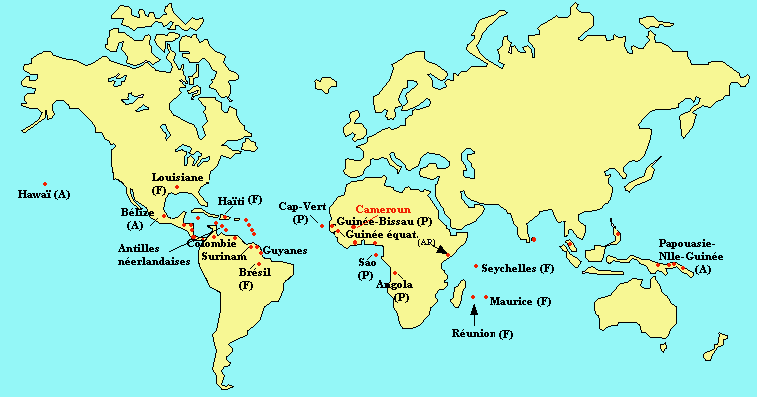
A map of the "creole" languages.
Next
| Ten species of domesticated animals: |
|
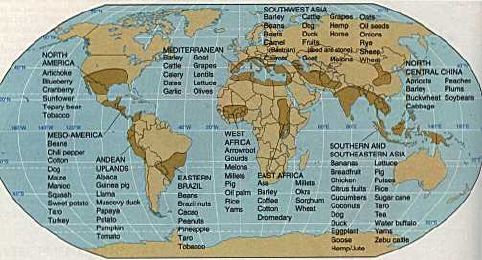 |
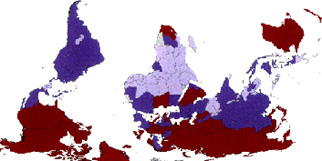 |
| The pigs, cows, horses, goats, sheep are half of the decisive domesticates. |
Centers of Domestication
The fertile crescent is home to many more species that were domesticated and also brought there from India, the East Indies, & China:
|
| |
Asia, western |
India & South Asia |
China |
| |
|
|
|
| |
|
- Wheat
- Barley
- Rye
- Olives
- Grapes
- Cows
- Sheep
- Goats
- Camel
- Lentils
- Chickpeas
- Oats
- Onions
- Peas
- Pistachios
- Pomegranates
- Dates
|
- Cotton (Gossypium arboreum)
- Rice
- Cucumber
- Lentils
- Sugar Cane
- Chicken
- Ducks
- Dogs
- Pigs
- Tea
- Taro
- Citrus
- Bananas
- Elephants
|
- Rice
- Millet
- Barley
- Buckwheat
- Soybean
- Hemp
- Cabbage
- Plums
- Peaches
- Apricots
- Horses
|
| |
|
|
|
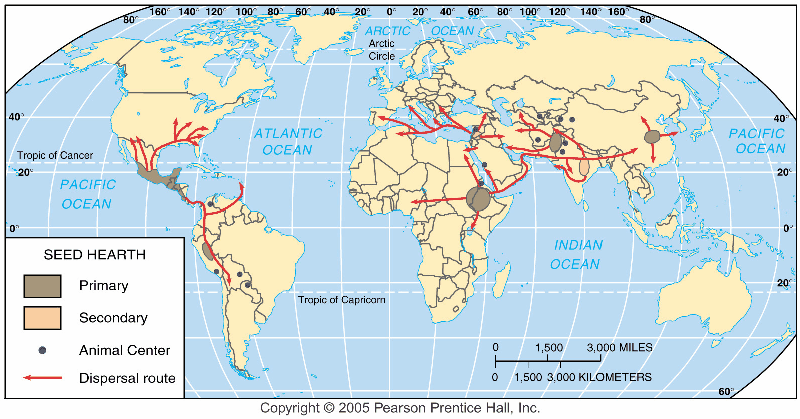
Hearths of domesticated plants and animals according to Pearson/ Prentice Hall™ publishing company.

Axes of Geographical transference: He argues that there is a superiority of lateral transfer; east to west vis a vis other north to south transfers.
In other words he favors latitudinal over longitudinal movement of plants and animals to explain the successful transferences of crops such as olives, wheat, sugar cane, and rice – that are today's global staple crops.

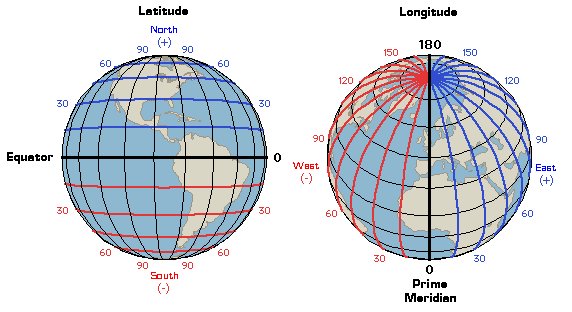
What direction is longitude and how does it differ from shifting of animals or plants along latitude?
A conclusion:
in retrospect and with biogeographical perspectives.
"Bearing all these facts in mind, lets try to regain our sense of perspective about the role of germs. . . . There is no doubt that Europeans developed a big advantage in weaponry, technology and political organization over most of the non-European peoples they conquered. But that advantage alone doesn't fully explain how initially so few Europeans immigrants came to supplant so much of the native population of the Americas and some other parts of the world (South Africa). That might not have happened without Europe's sinister gift to other continents –the germs evolving from Eurasian's long intimacy with domestic animals."
p. 214.

Jared Diamond. Guns, Germs, and Steel: The Fates of Human Societies. 1999.
New York: W.W. Norton & Company, 1997.


Crosby | Wilson | Mintz | Diamond
Words used
Terms | Glossary | Word
webs | Basic vocabulary | Advanced
Vocabulary | Antonyms | Obscure words














